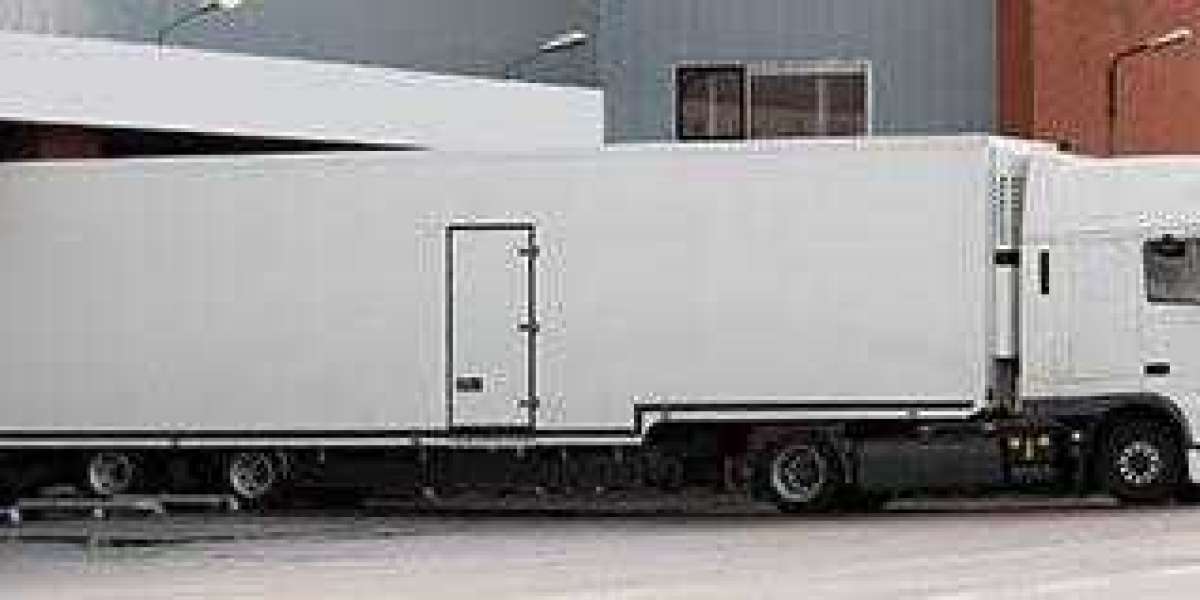Closed System Transfer Devices Market is projected to reach USD 2,002 million by 2026 from USD 814 million in 2021, at a CAGR of 19.7% during the forecast period. Market growth is largely driven by the harmful effects (lingering role) of cytotoxic drugs, rising incidence of cancer, an increasing number of oncology drug approvals, and improving regulatory guidelines regarding the safe handling of hazardous drugs. However, the high cost of implementation of CSTDs, along with a lack of reimbursement for CSTDs and compliance to regulatory guidelines in developing countries, hampers the adoption of these products in hospitals and oncology centers to a certain extent.
Download PDF Brochure: https://www.marketsandmarkets.com/pdfdownloadNew.asp?id=251802928
Browse in-depth TOC on "Closed System Transfer Devices Market”
117 – Tables
51 – Figures
236 – Pages
Drivers: Increasing use of CSTDs to combat harmful effects of cytotoxic and antineoplastic drugs
Antineoplastic drugs are widely used in the treatment of cancer and are considered as hazardous drugs.Healthcare workers involved in the preparation, transport, distribution, administration (pre- and post-administration), and disposal of these drugs are at extremely high risk. The National Institute for Occupational Safety and Health (NIOSH) recommends the use of CSTDs to eliminate the harmful effects caused by the exposure to harzadous substances that escape out of the system during drug preparation and administration. CSTDs act as a barrier and prevents the entry of contaminants prevent the transfer of contaminants from atmosphere to sterile environment. Owing to these advantages, CSTDs are increasingly being used in healthcare facilities to combat the harmful effects of hazardous drugs.
Chemotherapy, a widely adopted cancer treatment, uses one or more antineoplastic drugs, which destroy abnormal cells in patients. The use of closed system transfer devices (CSTDs) in conjunction with other safety precautions such as gloves, gowns, masks, and vented preparation hoods is an effective way to increase safety when preparing, transporting, administering, and disposing of hazardous drugs. With the increasing incidence of cancer and increasing adoption of chemotherapy treatments, the demand for CSTDs is expected to increase in the coming years.
Restraints: High cost of implementation of CSTDs and lack of reimbursement
Cost of closed system transfer device is one of the major constraint limiting its adoption in the healthcare facilities. Cost of a typical CSTD primarily depends upon factors like manufacturer, components used and drug that is to be administered. Moreover, since CSTDs are meant for single-use, the cost per unit is higher than regular syringers. The median price of CSTD ranges between USD8-12 per dose.
Opportunities: Increasing application of CSTDs in other therapeutic areas
CSTDs are majorly used to protect healthcare workers during the preparation and administration of antineoplastic drugs in chemotherapy. However, breath of application of these devices is increasing with increasing use in the treatment of various non-cancerous diseases such as rheumatoid arthritis, multiple sclerosis, psoriasis, and systemic lupus erythematosus. Non-cytotoxic drugs used to treat various conditions also fall under the category of hazardous drugs. Examples include Bacillus of Calmette, the Guerin strain of Mycobacterium Bovis (BCG), and monoclonal antibodies. The increase in the therapeutic applications of these drugs offers potential growth opportunities in the coming years.
Colour-to-colour alignment system is expected to witness the fastest growth in the forecast period.
Based on the closing mechanism, the market is segmented into Luer-lock systems, color-to-color alignment systems, click-to-lock systems, and push-to-turn systems. In 2020, the Luer-lock systems segment accounted for the highest share of 32.5% of the market. This segment is expected to reach USD 636.8 million by 2026 from USD 264.1 million in 2021, at a CAGR of 19.2%. However, the color-to-color alignment systems segment is expected to grow at the highest rate because of its higher efficiency due to pressure equalization mechanisms and low cost.
Membrane-to-membrane systems is expected to witness the fastest growth in the forecast period.
Based on device type, the market is segmented into membrane-to-membrane systems and needleless systems. In 2020, the membrane-to-membrane systems segment accounted for the largest share of 71.01% of the CSTDs market. This segment is expected to reach USD 1,488.9 million by 2026 from USD 583.1 million in 2021, at a CAGR of 20.6%. The large share and high growth of this segment are attributed to their ease of operation and lower risk of contamination associated with double-membrane containment systems.
Diaphragm-based devices segment accounted for the largest share of closed system transfer devices market in 2020
Based on technology, the CSTDs market is segmented into diaphragm-based devices, compartmentalized devices, and air cleaning/filtration devices. In 2020, the diaphragm-based devices segment accounted for the largest share of 43.63% of the market. This segment is expected to reach USD 829.4 million by 2026 from USD 353.1 million in 2021, at a CAGR of 18.6%. The large share of this segment is mainly due to the ease of operation and safety provided by these devices. The compartmentalized devices segment is expected to grow at the highest CAGR of 23.8% during the forecast period due to their lower cost.
Vial access devices segment accounted for the largest share of closed system transfer devices market in 2020
Based on components, the CSTDs market is segmented into vial access devices, syringe safety devices, bag/line access devices, and accessories. In 2020, the vial access devices segment accounted for the largest share of 33.08% of the market. The large share of this segment is mainly due to the increasing adoption of CSTD products and vial access devices by oncology nurses to transfer hazardous drugs from packaged vials to the infusion bag or the patient.
Hospitals Clinics accounted for the largest share of closed system transfer devices market in 2020
Based on end users, the market is segmented into hospitals clinics, oncology centers, and other end users. In 2020, hospitals clinics accounted for the largest share of 84.41% of the CSTDs market. The large share and high growth of this segment are mainly due to the strong financial capabilities of hospitals for purchasing high-priced CSTDs, the large cancer patient pool, and the need to comply with regulatory guidelines.
Request Sample Pages:https://www.marketsandmarkets.com/requestsampleNew.asp?id=251802928
North America accounted for the largest share of the closed system transfer devices market in 2020
In 2020, North America accounted for the largest share of the market. The market in North America is characterized by easy accessibility to advanced technologies, high awareness about CSTD among oncologists, nurses, and pharmacists, the presence of many CSTD manufacturing players in this region, and the high incidence and prevalence of cancer. The APAC market is expected to witness the highest CAGR of 22.1% during the forecast period. The rising incidence of cancer, increasing demand for better healthcare services in developing economies, and increasing focus of international players on emerging markets such as India and China drive the growth of the Asia Pacific market.
Key Market Players
The prominent players in the global market are Becton, Dickinson and Company (US), ICU Medical (US), B. Braun Melsungen (Germany), JMS (Japan), Equashield (US), Simplivia Healthcare (Israel), Corvida Medical (US), Yukon Medical (US), CODAN Medizinische Geräte (Germany), VICTUS (US), Caragen (US), and Baxter International (US).
View detailed Table of Content here@
https://www.marketsandmarkets.com/Market-Reports/closed-system-transfer-device-market-251802928.html
About MarketsandMarkets™
MarketsandMarkets™ provides quantified B2B research on 30,000 high growth niche opportunities/threats which will impact 70% to 80% of worldwide companies’ revenues. Currently servicing 7500 customers worldwide including 80% of global Fortune 1000 companies as clients. Almost 75,000 top officers across eight industries worldwide approach MarketsandMarkets™ for their pain points around revenues decisions.
Our 850 fulltime analyst and SMEs at MarketsandMarkets™ are tracking global high growth markets following the "Growth Engagement Model – GEM". The GEM aims at proactive collaboration with the clients to identify new opportunities, identify most important customers, write "Attack, avoid and defend" strategies, identify sources of incremental revenues for both the company and its competitors. MarketsandMarkets™ now coming up with 1,500 Micro Quadrants (Positioning top players across leaders, emerging companies, innovators, strategic players) annually in high growth emerging segments. MarketsandMarkets™ is determined to benefit more than 10,000 companies this year for their revenue planning and help them take their innovations/disruptions early to the market by providing them research ahead of the curve.
MarketsandMarkets’s flagship competitive intelligence and market research platform, "Knowledge Store" connects over 200,000 markets and entire value chains for deeper understanding of the unmet insights along with market sizing and forecasts of niche markets.
Contact:
Mr. Aashish Mehra
MarketsandMarkets™ INC.
630 Dundee Road
Suite 430
Northbrook, IL 60062
USA: +1-888-600-6441
Email: [email protected]
Visit Our Website: https://www.marketsandmarkets.com/
Content Source: https://www.marketsandmarkets.com/PressReleases/closed-system-transfer-device.asp



